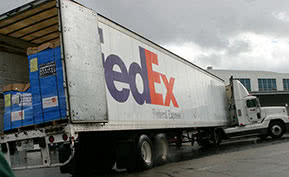CRM Across Borders: Managing Internationally
By Katherine Jones, Director of Marketing at NetSuite
Many CRM systems begin to struggle as business growth expands across borders and currencies, resulting in poor visibility across the entire business organization. Consider a global organization: sales information and results cover the territory, the country, the region, and then have to roll up together at corporate headquarters.
With typical sales force automation point systems, sales, forecasts, quotas and commission calculations cannot be accurately consolidated as they cross borders or continents. If your growth plans include crossing country borders, be sure to use these criteria in checking your potential vendors:
• Sales reps and sales management in each country need control of their orders, forecast, quota and commissions in appropriate local currency.
• Accurate currency translation for roll-up of subsidiary costs, revenue, and commissions to regional and corporate headquarters.
• Management of selling partners across the globe with the ability for them to forecast deals in the local currency of their customers, place orders that support local taxation conventions and be paid commissions in their currency, while retaining management visibility in the corporate currency.
• Maintenance of all currency exchange rates – both the local currency conversion rate and the rates used to determine roll-up into corporate currency – at the time an order is placed, or the commission payout is made, to ensure accuracy of historical sales data.
• Multi-currency management over all financial areas in the sales business process, including order management, forecasting, quota management and commissions.
• Clear lines of visibility for all sales management to all activities and results of both direct and indirect sales teams.
• Multi-currency forecast roll-up within and across multi-national sales entities, allowing an individual sales representative or a selling partner to manage orders and forecast against quota in local currency, while providing management visibility rolled up in the currency for the region or headquarters ? ensuring consistent global order, forecast, and commission management.
By addressing these criteria, you can save many hours of time-consuming, manual translation, which is often prone to error. Your regional sales management will no longer need to manually roll up transactions in local currency and compare to the metrics by which they are being measured at corporate headquarters for overall performance, and particularly, for sales compensation. In addition, if your company sells through both direct and channel sales, you can solve the problem of managing partners’ forecast and compensation in local currency.
[Photo courtesy of issuu.]





